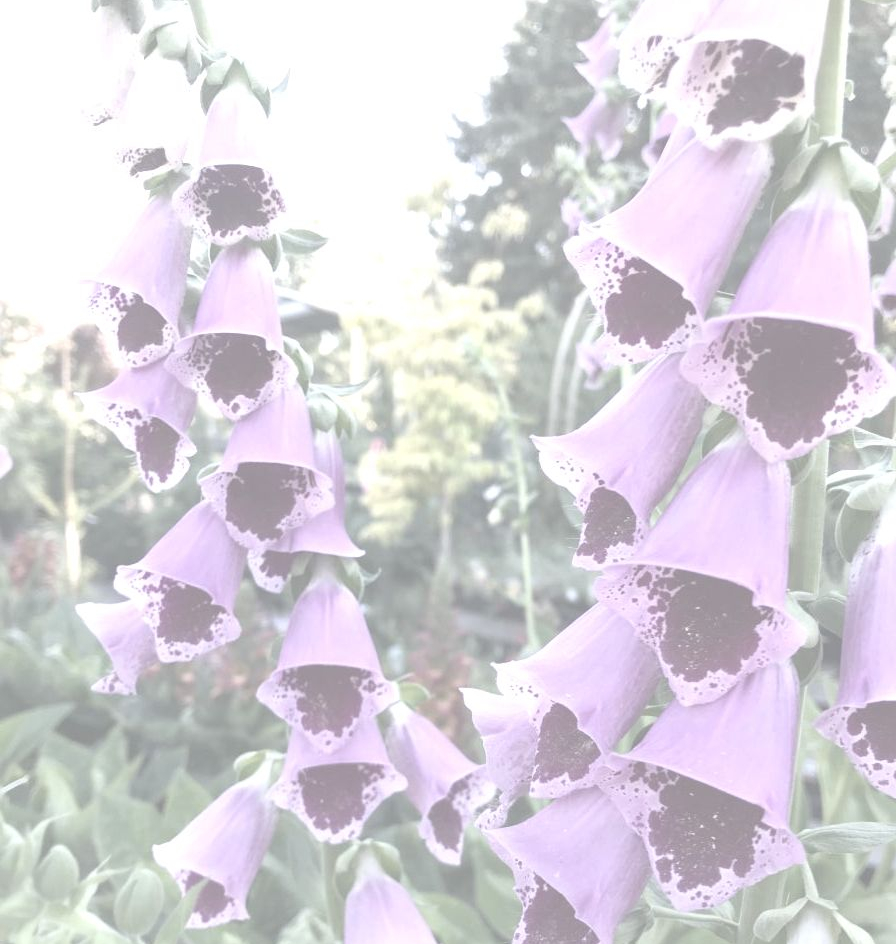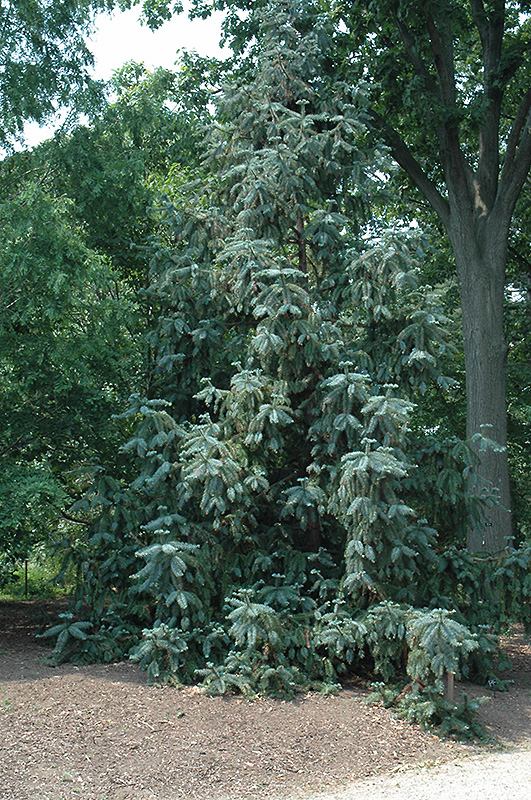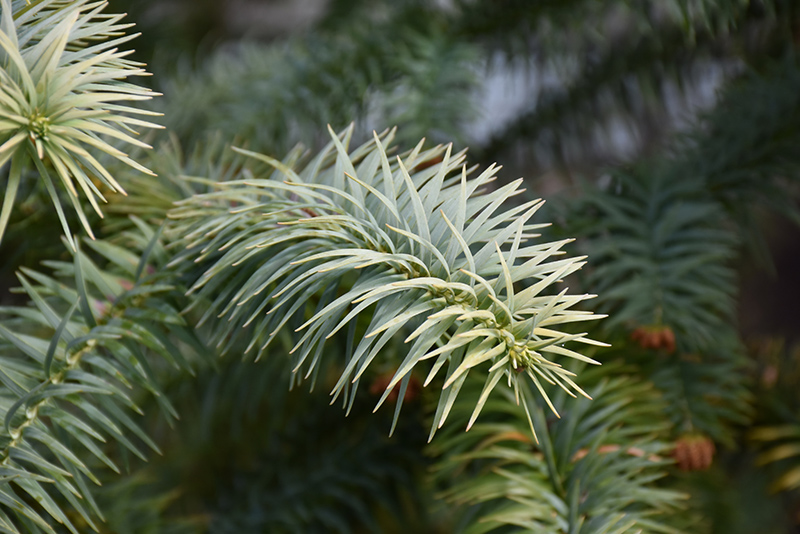Blue China Fir
Cunninghamia lanceolata 'Glauca'
Height: 60 feet
Spread: 30 feet
Sunlight:
![]()
Hardiness Zone: 6a
Other Names: Blue Chinafir, Chinese Blue Fir
Description:
This variety is compact and shrub-like when young; after a few years it will establish a leader and grow more pyramidal; new foliage is bright blue maturing to blue-green; tends to be hardier than the species, but should be protected from winter winds
Ornamental Features
Blue China Fir is primarily valued in the landscape for its distinctively pyramidal habit of growth. It has attractive bluish-green foliage with powder blue undersides which emerges blue in spring. The needles are highly ornamental and remain bluish-green throughout the winter. The peeling brown bark adds an interesting dimension to the landscape.
Landscape Attributes
Blue China Fir is an evergreen tree with a strong central leader and a distinctive and refined pyramidal form. Its relatively fine texture sets it apart from other landscape plants with less refined foliage.
This is a relatively low maintenance tree, and should not require much pruning, except when necessary, such as to remove dieback. It has no significant negative characteristics.
Blue China Fir is recommended for the following landscape applications;
- Accent
- Vertical Accent
Planting & Growing
Blue China Fir will grow to be about 60 feet tall at maturity, with a spread of 30 feet. It has a low canopy, and should not be planted underneath power lines. It grows at a slow rate, and under ideal conditions can be expected to live for 40 years or more.
This tree should only be grown in full sunlight. It prefers to grow in average to moist conditions, and shouldn't be allowed to dry out. It is particular about its soil conditions, with a strong preference for rich, acidic soils, and is able to handle environmental salt. It is quite intolerant of urban pollution, therefore inner city or urban streetside plantings are best avoided, and will benefit from being planted in a relatively sheltered location. Consider applying a thick mulch around the root zone in winter to protect it in exposed locations or colder microclimates. This is a selected variety of a species not originally from North America.


